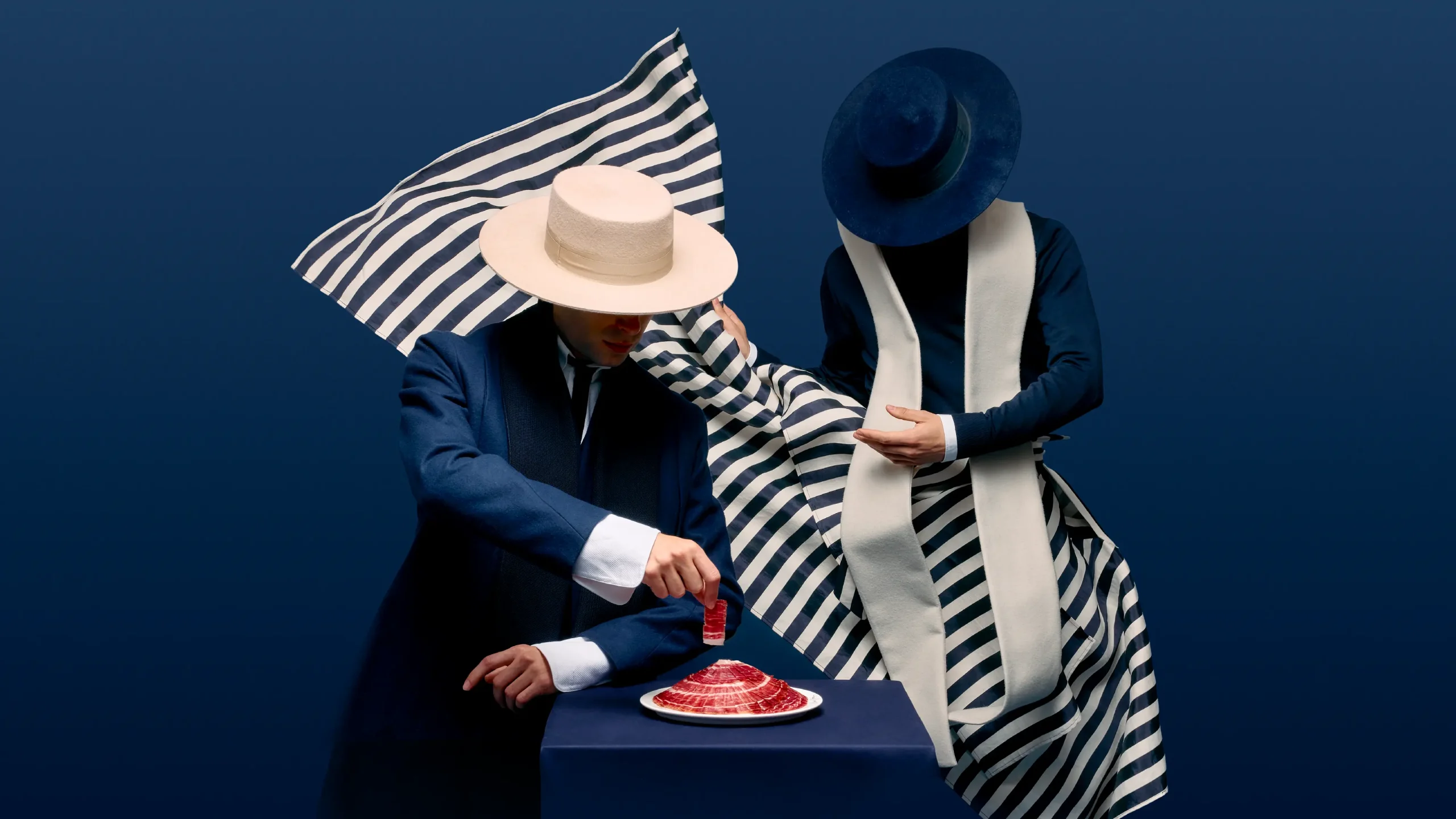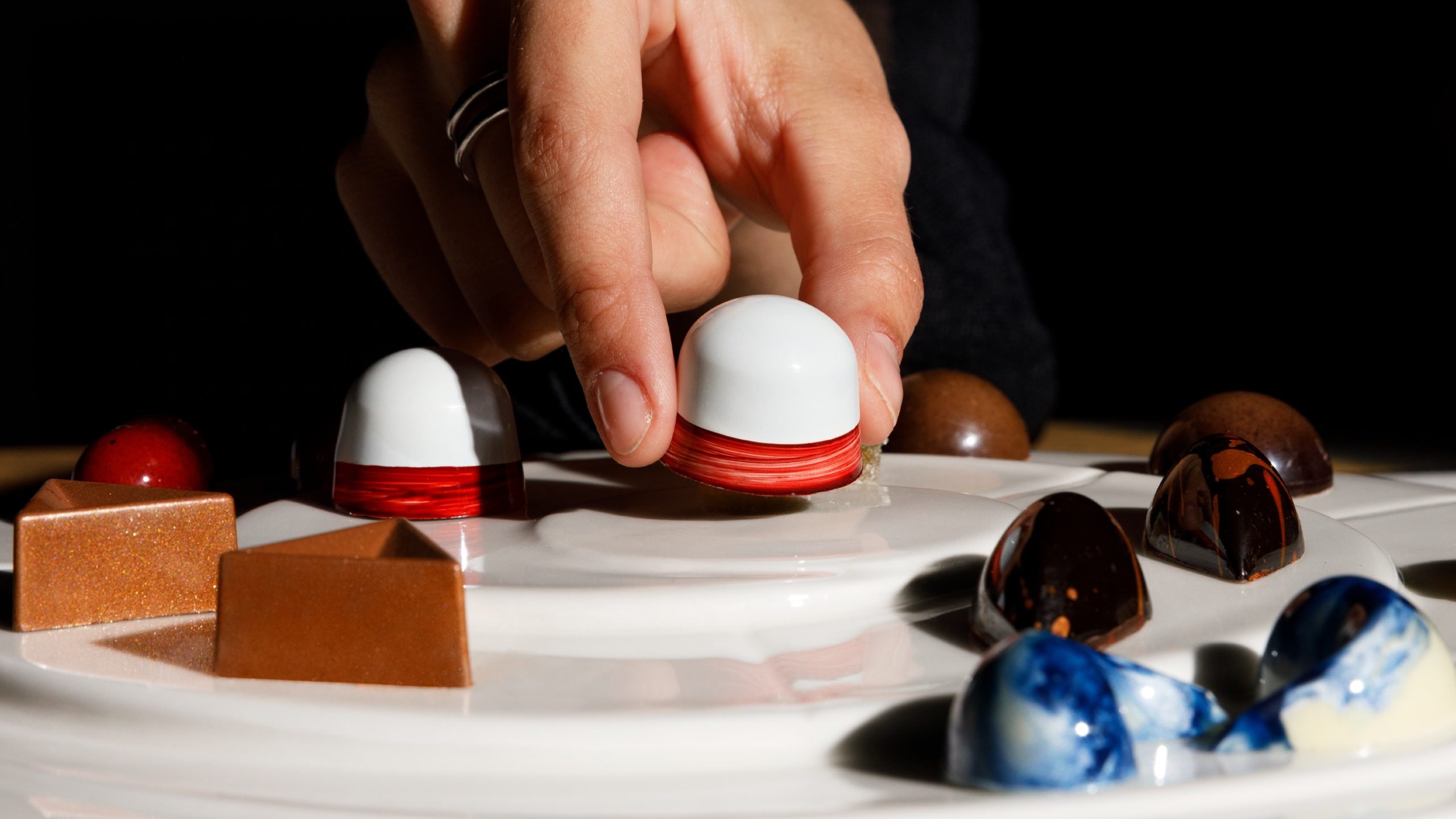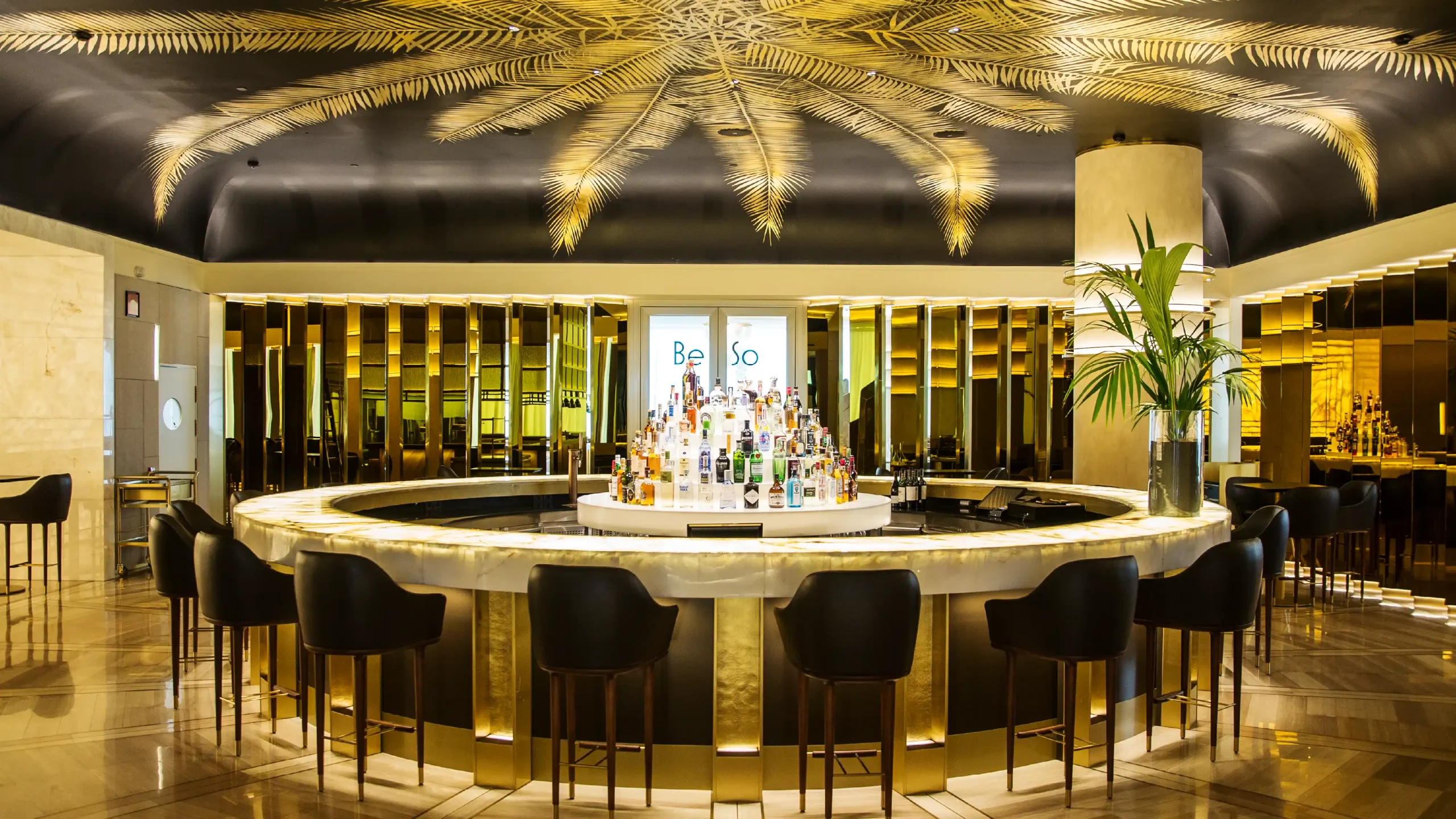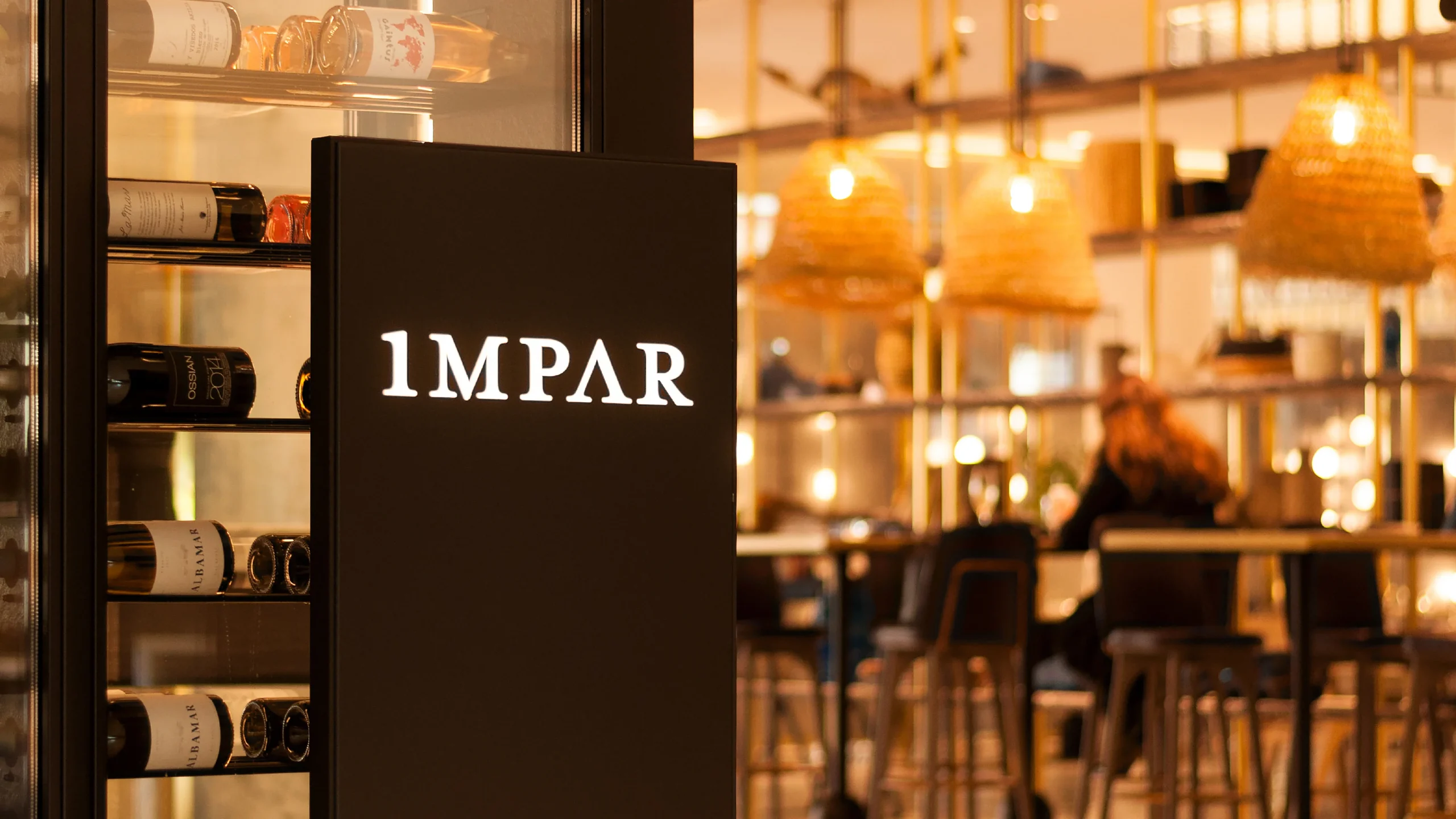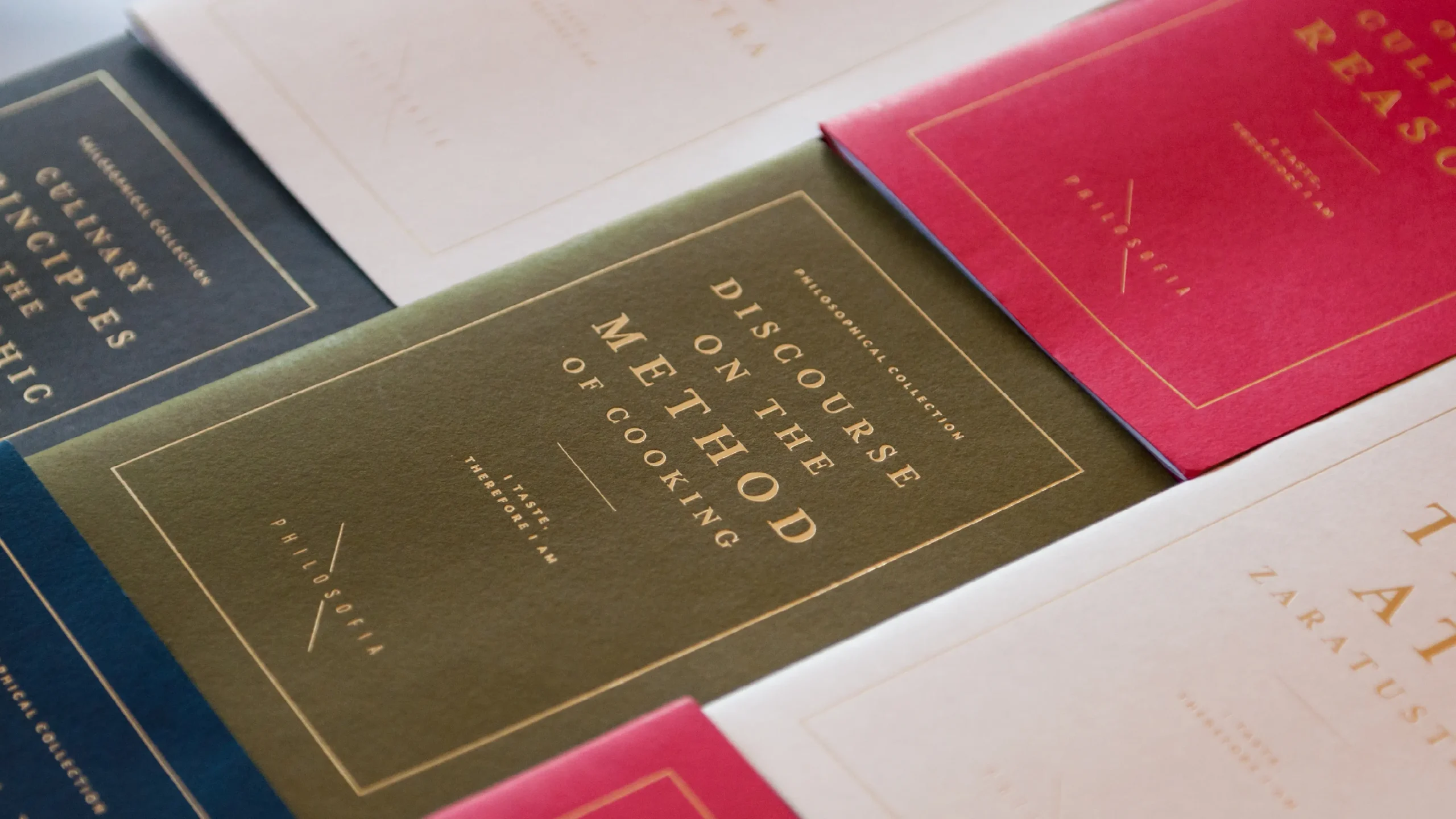Experience design consists of defining what experience the brand wants to offer its consumers throughout their customer journey. Experience design can occupy all the moments of interaction with the brand or focus on a certain part of the consumer experience, for example: before, during or after the purchase. A good customer experience can be a highly differential attribute for a brand, and can even become its value proposition.
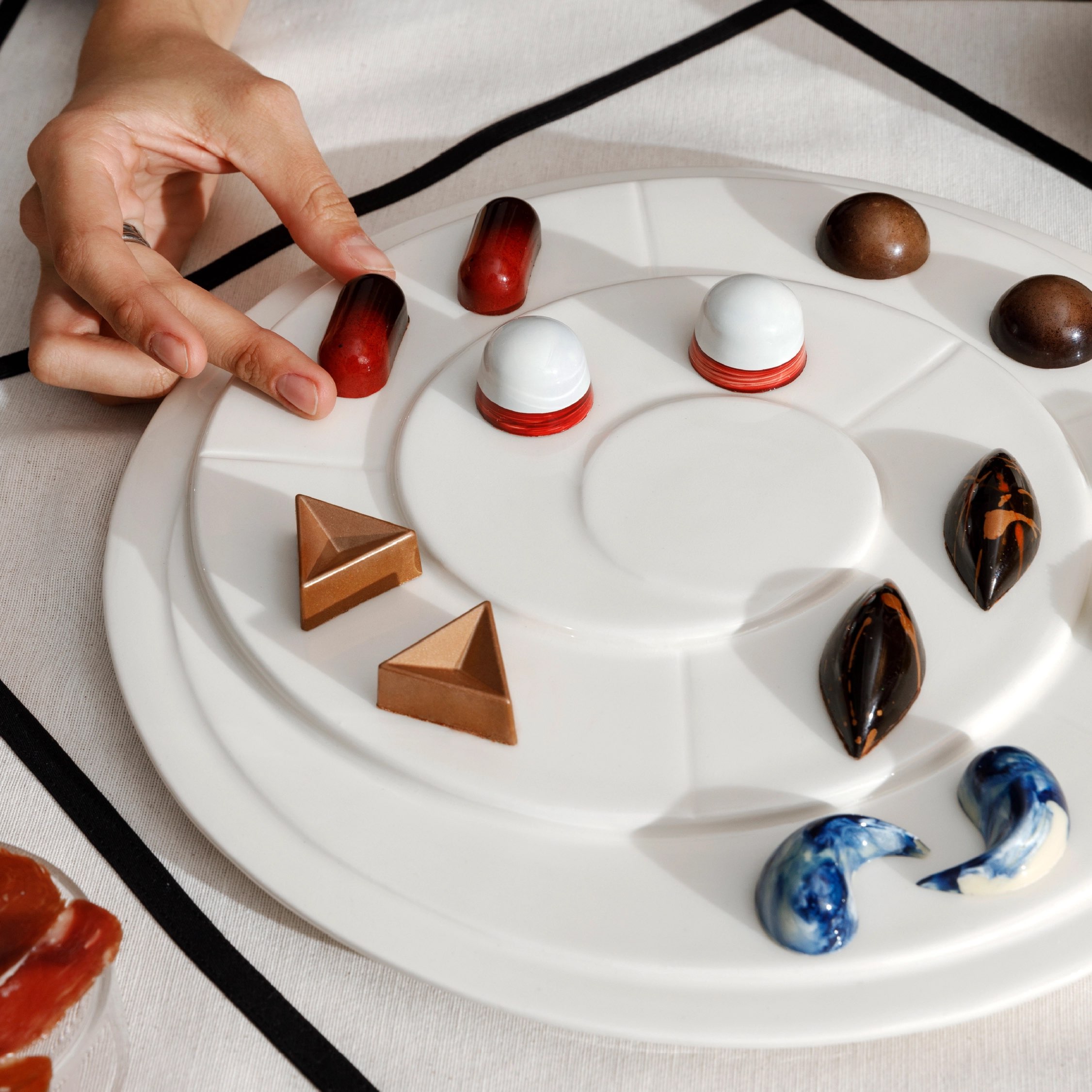
Why do we need it?Designing a good brand experience will help a brand differentiate itself from its competitors and increase consumer preference. In sectors with a customer service focus, such as retailers, airlines or railways, hospitality or entertainment, the brand experience will become especially relevant. But it's also vital for all organizations with a significant service offering.
What's it all about?
In an experience design process, the entire user journey will be analyzed from before the transaction to once it has been completed, in order to discover the possible steps, phases and moments the customer may experience with the brand – according to the different types of audience. This journey will be the basis for understanding the experience that the brand is offering.
Once the experience has been analyzed, the audience’s moments of truth are detected – the inflection points in each of the phases in which it is essential that everything works perfectly. These may vary according to the type of audience. For example, in a hotel, they will vary if we are talking about a profile that travels for work or a weekend stay for a family with children.
Once the moments of truth for each audience have been ascertained, we analyze whether they meet expectations or whether they need to be revised to improve the experience offered to the different audiences.
The newly defined experience should be communicated to the different teams so that they understand the key moments of the brand and how they should behave in each of them according to the different audience profiles.
Finally, the experience design will zoom in on sensorial aspects of the brand such as its characteristic and recognizable fragrance, gastronomic proposal, uniforms or unboxing experience.
FAQs
UX/UI focuses on the user experience at a specific digital touchpoint of the brand. such as an app or a site, ensuring that the user follows the funnel desired by the brand and maintains the consistency of its identity. In contrast, experience design has a much broader focus, addressing the agility of customer service, processes, the experience of receiving the product at home or complementary services.
Including the user is always recommended, as it enables us to obtain a much more realistic view of the steps followed by each audience profile, their moments of truth and how they currently value themselves.
Strong experience design will help build brand preference and memorability. It can become a brand’s USP and even justify a higher price point.
A complete brand experience will most likely combine digital and physical touchpoints, such as in the case of an airline: from searching for a ticket, making a purchase, receiving a boarding pass, checking in online or at the counter, the lounge, boarding the plane and the entire in-flight and post-flight experience. In some cases, it may affect a specific environment or help to level the digital experience to the physical environment – or vice-versa.
The duration always depends on the complexity and multiplicity of touchpoints, steps in the journey and type of audience.
